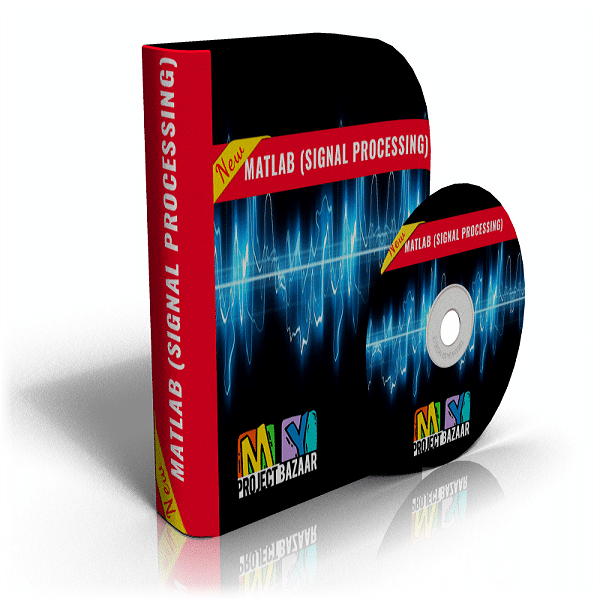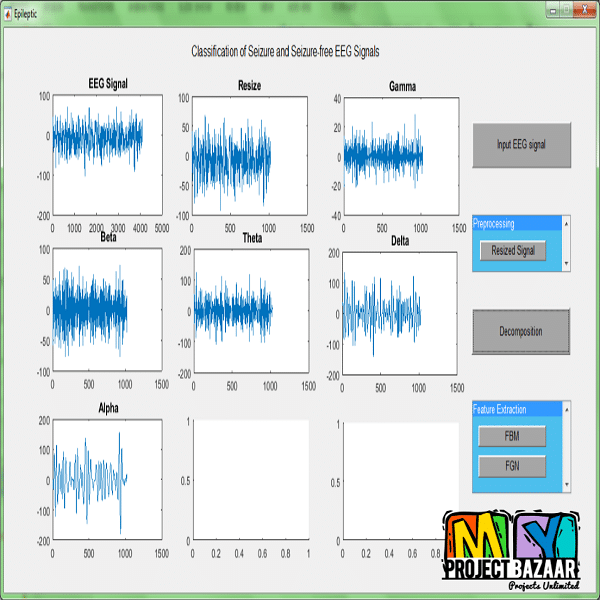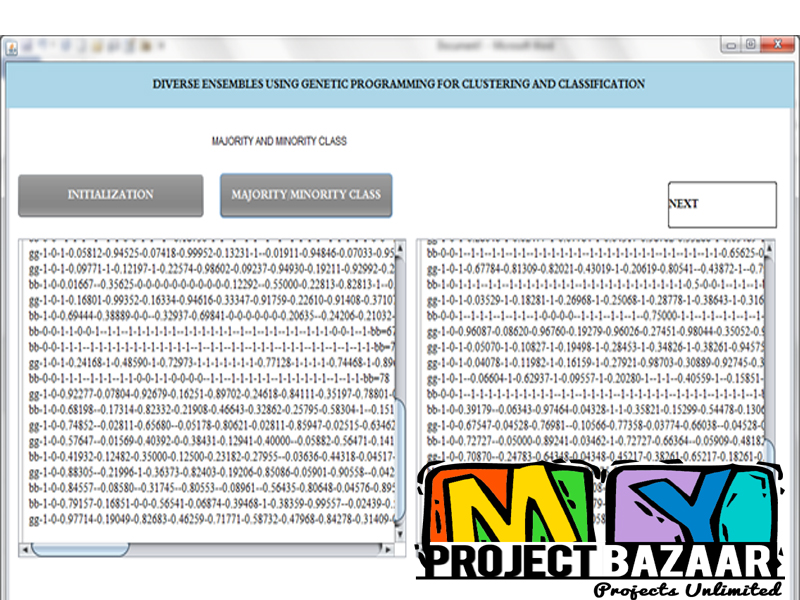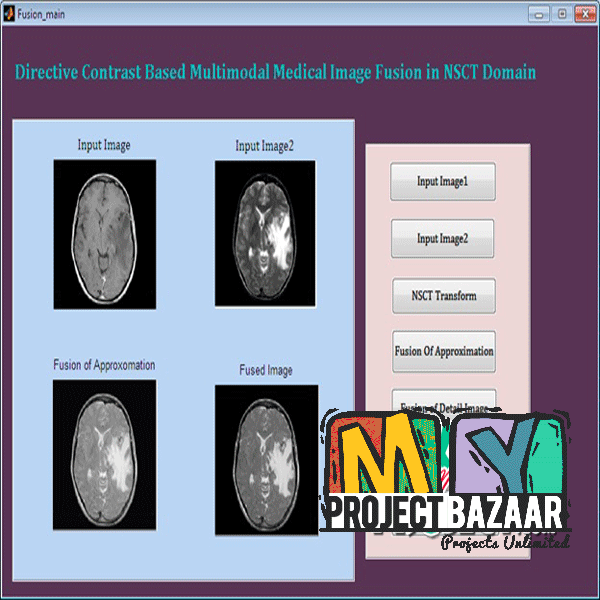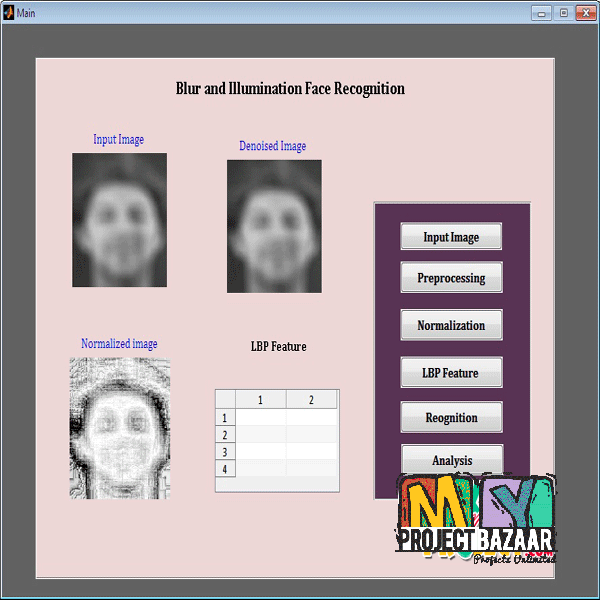A Novel Signal Modeling Approach for Classification of Seizure and Seizure-free EEG Signals
Product Description
A Novel Signal Modeling Approach for Classification of Seizure and Seizure-free EEG Signals
Abstract-This paper presents a signal modeling based new methodology of automatic seizure detection in EEG signals. The proposed method consists of three stages. First, a multirate filterbank structure is proposed that is constructed using the basis vectors of discrete cosine transform (DCT). The proposed filterbank decomposes EEG signals into its respective brain rhythms: delta, theta, alpha, beta, and gamma. Second, these brain rhythms are statistically modeled with the class of selfsimilar Gaussian random processes, namely, fractional Brownian motion (fBm) and fractional Gaussian noises (fGn). The statistics of these processes are modeled using a single parameter called the Hurst exponent. In the last stage, the value of Hurst exponent and autoregressive moving average (ARMA) parameters are used as features to design a binary SVM classifier to classify pre-ictal, inter-ictal (epileptic with seizure free interval), and ictal (seizure) EEG segments. The performance of the classifier is assessed via extensive analysis on two widely used dataset and is observed to provide good accuracy on both the dataset. Thus, this paper proposes a novel signal model for EEG data that best captures the attributes of these signals and hence, allows to boost the classification accuracy of seizure and seizure-free epochs.
Including Packages
Our Specialization
Support Service
Statistical Report

satisfied customers
3,589
Freelance projects
983
sales on Site
11,021
developers
175+Additional Information
| Domains | |
|---|---|
| Programming Language |

